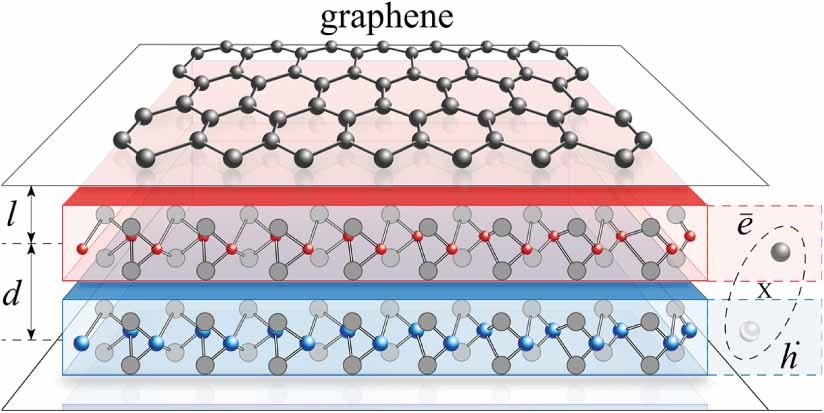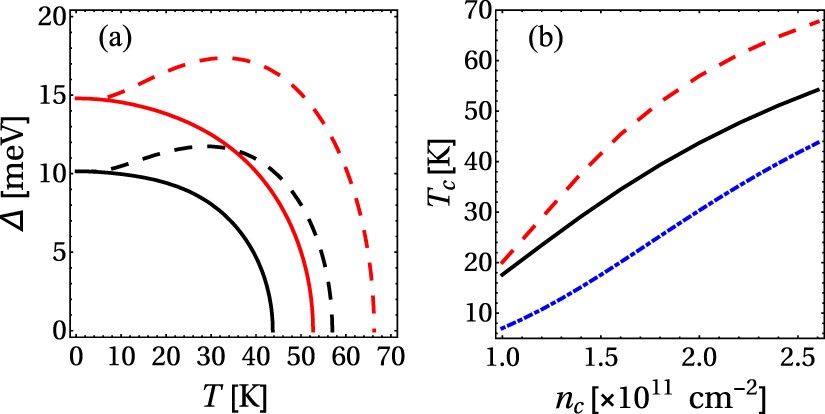주메뉴
- About IBS 연구원소개
-
Research Centers
연구단소개
- Research Outcomes
- Mathematics
- Physics
- Center for Theoretical Physics of the Universe(Particle Theory and Cosmology Group)
- Center for Theoretical Physics of the Universe(Cosmology, Gravity and Astroparticle Physics Group)
- Center for Exotic Nuclear Studies
- Center for Artificial Low Dimensional Electronic Systems
- Center for Underground Physics
- Center for Axion and Precision Physics Research
- Center for Theoretical Physics of Complex Systems
- Center for Quantum Nanoscience
- Center for Van der Waals Quantum Solids
- Chemistry
- Life Sciences
- Earth Science
- Interdisciplinary
- Center for Neuroscience Imaging Research(Neuro Technology Group)
- Center for Neuroscience Imaging Research(Cognitive and Computational Neuroscience Group)
- Center for Algorithmic and Robotized Synthesis
- Center for Genome Engineering
- Center for Nanomedicine
- Center for Biomolecular and Cellular Structure
- Center for 2D Quantum Heterostructures
- Center for Quantum Conversion Research
- Institutes
- Korea Virus Research Institute
- News Center 뉴스 센터
- Career 인재초빙
- Living in Korea IBS School-UST
- IBS School 윤리경영


주메뉴
- About IBS
-
Research Centers
- Research Outcomes
- Mathematics
- Physics
- Center for Theoretical Physics of the Universe(Particle Theory and Cosmology Group)
- Center for Theoretical Physics of the Universe(Cosmology, Gravity and Astroparticle Physics Group)
- Center for Exotic Nuclear Studies
- Center for Artificial Low Dimensional Electronic Systems
- Center for Underground Physics
- Center for Axion and Precision Physics Research
- Center for Theoretical Physics of Complex Systems
- Center for Quantum Nanoscience
- Center for Van der Waals Quantum Solids
- Chemistry
- Life Sciences
- Earth Science
- Interdisciplinary
- Center for Neuroscience Imaging Research(Neuro Technology Group)
- Center for Neuroscience Imaging Research(Cognitive and Computational Neuroscience Group)
- Center for Algorithmic and Robotized Synthesis
- Center for Genome Engineering
- Center for Nanomedicine
- Center for Biomolecular and Cellular Structure
- Center for 2D Quantum Heterostructures
- Center for Quantum Conversion Research
- Institutes
- Korea Virus Research Institute
- News Center
- Career
- Living in Korea
- IBS School
News Center
New mechanism of superconductivity discovered in graphenePlacing a 2D Bose-Einstein condensate in the vicinity of a graphene layer confers superconductivity to the material Superconductivity is a physical phenomenon where the electrical resistance of a material drops to zero under a certain critical temperature. Bardeen-Cooper-Schrieffer (BCS) theory is a well-established explanation that describes superconductivity in most materials. It states that Cooper pairs of electrons are formed in the lattice under sufficiently low temperature and that BCS superconductivity arises from their condensation. While graphene itself is an excellent conductor of electricity, it does not exhibit BCS superconductivity due to the suppression of electron-phonon interactions. This is also the reason that most ‘good’ conductors such as gold and copper are ‘bad’ superconductors. Researchers at the Center for Theoretical Physics of Complex Systems (PCS), within the Institute for Basic Science (IBS, South Korea) have reported on a novel alternative mechanism to achieve superconductivity in graphene. They achieved this feat by proposing a hybrid system consisting of graphene and 2D Bose-Einstein condensate (BEC). This research is published in the journal 2D Materials.
Along with superconductivity, BEC is another phenomenon that arises at low temperatures. It is the fifth state of matter first predicted by Einstein in 1924. The formation of BEC occurs when low-energy atoms clump together and enter the same energy state, and it is an area that is widely studied in condensed matter physics. A hybrid Bose-Fermi system essentially represents a layer of electrons interacting with a layer of bosons, such as indirect excitons, exciton-polaritons, etc. The interaction between Bose and Fermi particles leads to various novel fascinating phenomena, which piques interests from both the fundamental and application-oriented perspectives. In this work, the researchers report a new mechanism of superconductivity in graphene, which arises due to interactions between electrons and “bogolons”, rather than phonons as in typical BCS systems. Bogolons, or Bogoliubov quasiparticles, are excitation within BEC which has some characteristics of a particle. In certain ranges of parameters, this mechanism permits the critical temperature for superconductivity up to 70 Kelvin within graphene. The researchers also developed a new microscopic BCS theory which focuses specifically on the novel hybrid graphene-based system. Their proposed model also predicts that superconducting properties can be enhanced with temperature, resulting in the non-monotonous temperature dependence of the superconducting gap. Furthermore, the research showed that the Dirac dispersion of graphene is preserved in this bogolon-mediated scheme. This indicates that this superconducting mechanism involves electrons with relativistic dispersion — a phenomenon that is not so well-explored in condensed matter physics. “This work sheds light on an alternative way to achieve high-temperature superconductivity. Meanwhile, by controlling the properties of a condensate, we can tune the superconductivity of graphene. This suggests another channel to control the superconductor devices in the future.”, explains Ivan Savenko, the leader of the Light-Matter Interaction in Nanostructures (LUMIN) team at the PCS IBS.
Notes for editors - References - Media Contact - About the Institute for Basic Science (IBS) |
|||
|
|
| Next | |
|---|---|
| before |
- Content Manager
- Public Relations Team : Yim Ji Yeob 042-878-8173
- Last Update 2023-11-28 14:20













